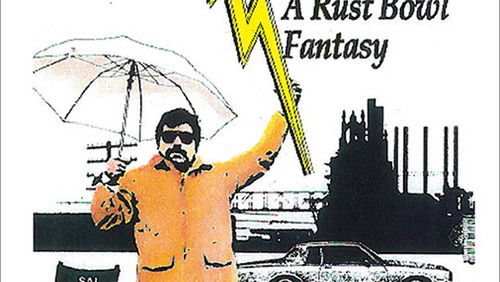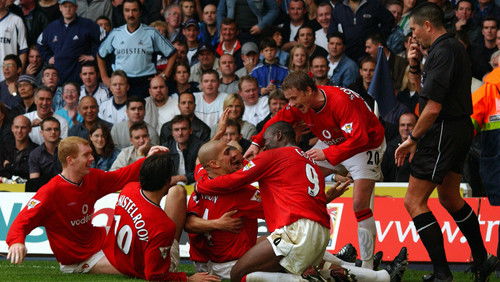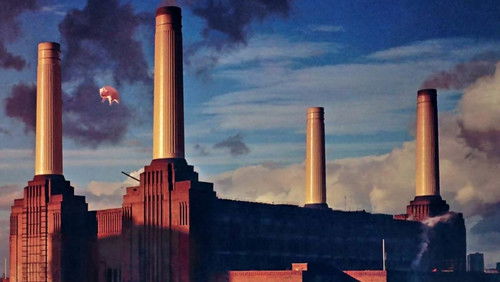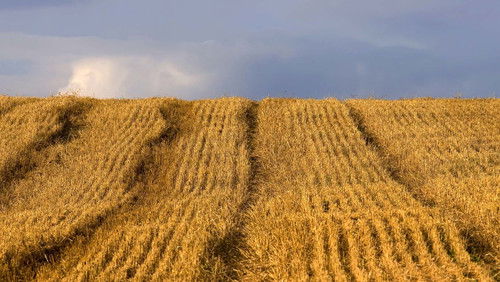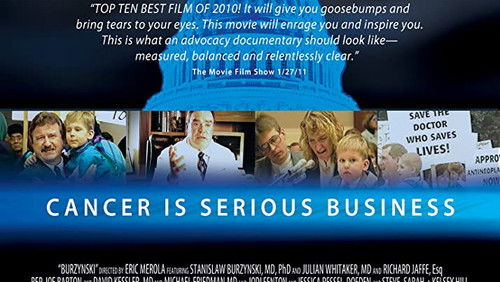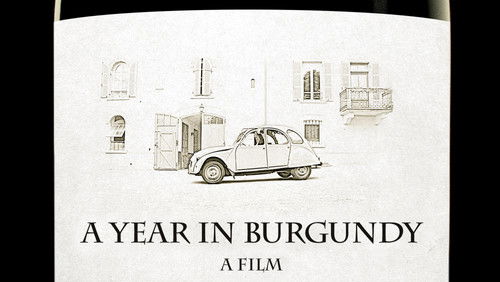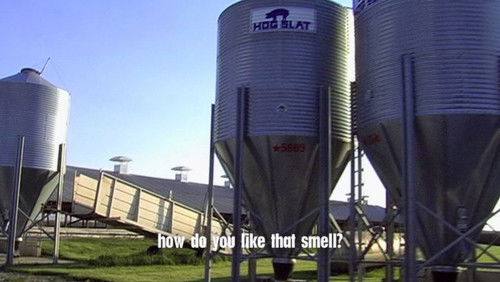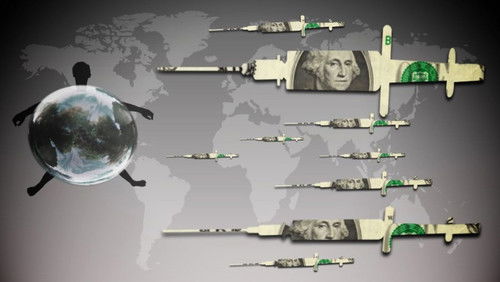The White Diamond (2004)
57KThe White Diamond: Directed by Werner Herzog. With Werner Herzog, Graham Dorrington, Dieter Plage, Adrian de Schryver. About the daring adventure of exploring rain forest canopy with a novel flying device-the Jungle Airship. Airship engineer Dr. Graham Dorrington embarks on a trip to the giant Kaieteur Falls in the heart of Guyana, hoping to fly his helium-filled invention above the tree-tops. But this logistic effort will not be without risk. Twelve years ago, a similar expedition into the unique habitat of the canopy ended in disaster when Dorrington’s friend Dieter Plage fell to his death. With the expedition is Werner Herzog, setting out now with a new prototype of the airship into the Lost World of the pristine rain forest of this little explored area of the world, to record and tell this unique story.
“The dream of flight is the dream of being one with the birds, one with Nature. To break gravityu0026#39;s hold means to escape human limitation, to transcend the banal and achieve a purer, lighter, truer existence. Such is the goal of people like Graham Dorrington, the subject of Werner Herzogu0026#39;s documentary The White Diamond.u003cbr/u003eu003cbr/u003eDorrington has been fascinated with flight since he was a boy messing with rockets (and losing a couple fingers in the process). To soar weightless over the earth is for Dorrington literally a dream; he sees himself floating over cities in his sleep. He seeks to realize his dream in a specially designed airship, a pygmy blimp shaped like a giant ball with a conical tail, a flimsy frame gondola dangling below it. Not content with flying the ship over the dull English countryside, Dorrington journeys with it to Guyana, intending to guide it over the unexplored jungle canopy. His quest, which seems only mildly insane (compared to activities detailed in other Werner Herzog films), is lent extra urgency by his guilt over the death of a colleague, the jungle cinematographer Dieter Plage, who crashed a vehicle similar to Dorringtonu0026#39;s White Diamond (its name comes from its resemblance to the gem) during an earlier expedition.u003cbr/u003eu003cbr/u003eWerner Herzog has tackled characters like Dorrington before, in both fiction (Fitzcarraldo) and non-fiction (Little Dieter Needs to Fly) films. What seems to fascinate Herzog is the single-mindedness of these men, their willingness to dare destruction in the name of achieving some goal whose significance is apparent only to them. Herzog relates to these men, because he himself is a man given to folly; the quest of Fitzcarraldo, to bring opera to the Amazon via riverboat, is scarcely less mad, less potentially disastrous, than Herzogu0026#39;s own quest to film the story as realistically as possible (real jungle, real riverboat). Not content to merely record the craziness of others, Herzog seems motivated to join in it. The jungle provides a perfect proving ground for people like Herzog and Dorrington; the everyday world doesnu0026#39;t have the right dimensions, the right sprawling spaces, the right sense of teeming, hostile life, to match these menu0026#39;s expansive visions. Herzog, no longer the mad genius of Aguirre, the Wrath of God (the jungle is no longer a surrealistic hell for Herzog, but a place of spiritual majesty), has honed his craft to a fine edge. He tells his story efficiently, paints his portrait of Dorrington precisely, revealing the guilt beneath his gentle eccentricity. Dorrington is the sort of man who always seems to be looking somewhere else; his mind seems always on the verge of wandering into some kind of reverie. But itu0026#39;s not only his dream of flight that distracts him; heu0026#39;s haunted by his perceived culpability in the death of Dieter, and seems driven by the need for atonement.u003cbr/u003eu003cbr/u003eHerzogu0026#39;s aim in The White Diamond is to correlate the random, incomprehensible beauty of the jungle with the randomness and mystery of human obsession. The airship experiment is carried out near a giant waterfall called Kaieteur (itu0026#39;s four times higher than Niagara Falls), and in a cave behind the falls roost up to a million swifts, which Herzog films soaring and swirling through the air, and swooping in endless streams into the unexplored void behind the watery curtain of the falls. A climber endeavors to film the cave beyond the falls at one point, but his footage has been left out of the film at the behest of the natives, who believe that to reveal the truth of the cave, which they hold to be filled with mythic monsters, would be to destroy some essential part of their culture. The eternally hidden cave becomes a metaphor for that which is unknowable, not only in Nature but in the human heart, and specifically in men like Dorrington, who, like the swifts as they dance and dart through the air, and plummet into the darkness of their cave, are driven by impulses no one else can understand, an inner-music no one else can hear. Thereu0026#39;s a whiff of New Age jive to all this, as there is in much of Herzogu0026#39;s work, but what the film may lack in philosophical weight it makes up for in pure imagist excitement. Even working in DV, which doesnu0026#39;t make for the kind of haunting effects film can achieve, Herzog manages to evoke the wonder, the peril, the profound mystery of the jungle. The sky may call to Dorrington, but the jungle has always called to Herzog, and in The White Diamond the two obsessions merge to form something joyous, inscrutable and lurkingly dangerous.”
